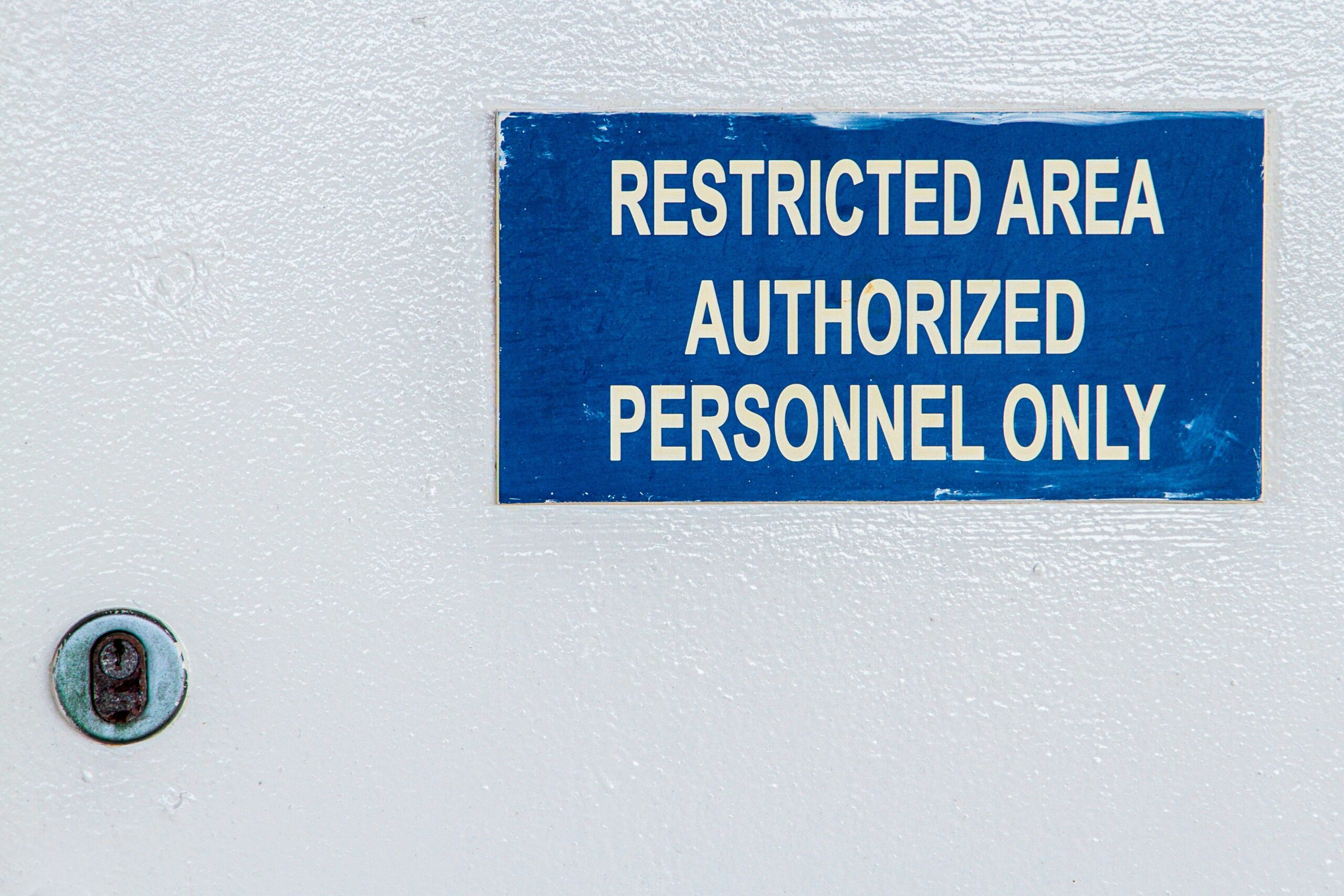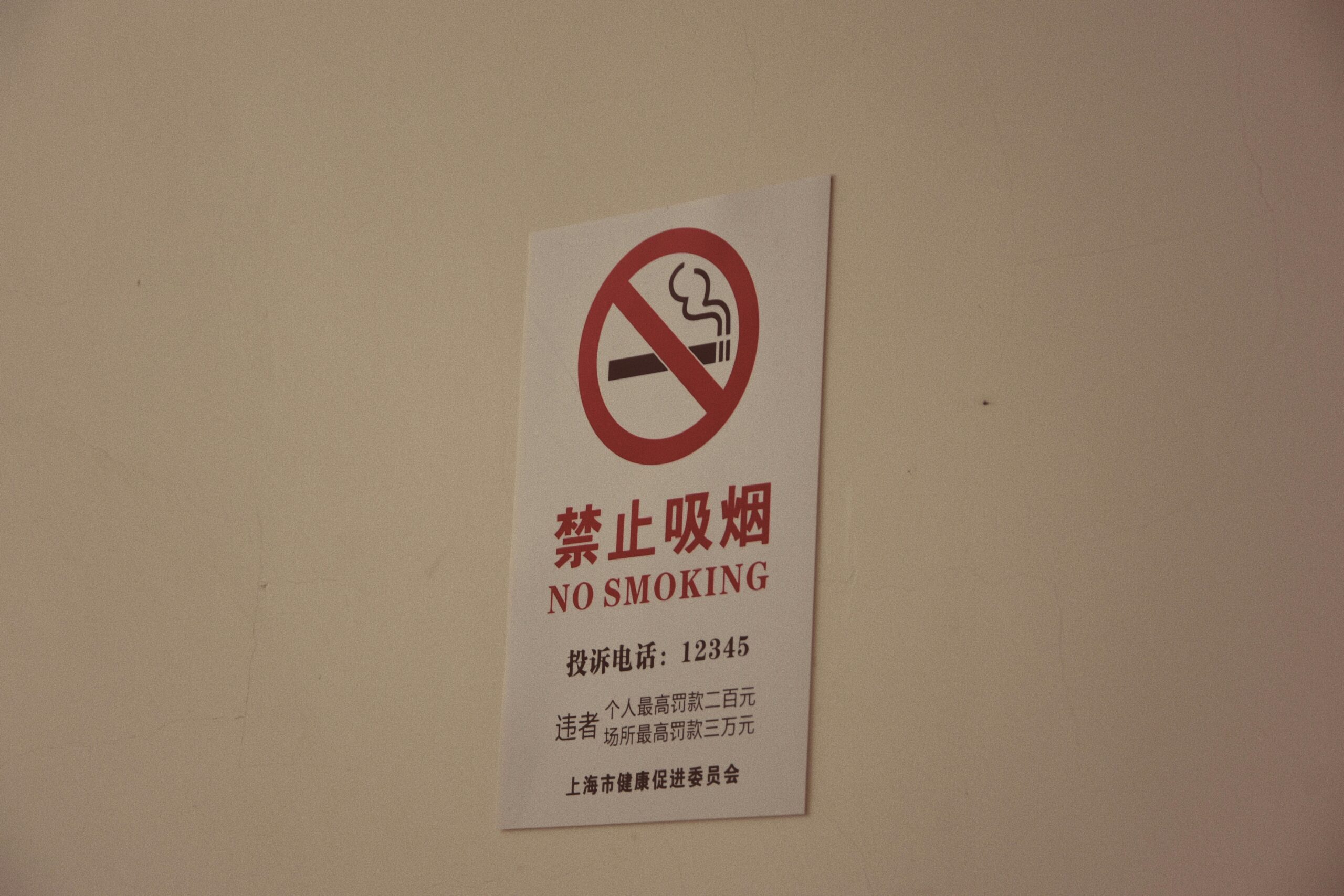Ever been halfway across the globe, only to realize your $500 drone—carefully packed in your checked luggage—wasn’t covered by baggage insurance because it fell under “hazardous item exclusions”? Yeah, we’ve all had moments where we thought we were safe but weren’t.
In this post, you’ll learn about hazardous item exclusions in baggage insurance, why they matter, and how to avoid costly mistakes. We’ll dive into actionable tips, real-world examples, and even a few rant-worthy truths about sneaky fine print.

Table of Contents
- Key Takeaways
- What Are Hazardous Item Exclusions?
- Why Do Hazardous Item Exclusions Matter?
- How to Check Your Policy for Exclusions
- Tips to Avoid Issues with Hazardous Items
- Examples and Case Studies
- FAQs About Baggage Insurance
- Conclusion
Key Takeaways
- Hazardous item exclusions refer to specific items not covered by baggage insurance due to safety concerns.
- Common examples include lithium batteries, flammable liquids, and perishable goods.
- Always read your policy’s fine print before traveling.
- Properly declaring valuable or restricted items can save you from denied claims.
What Are Hazardous Item Exclusions?
Picture this: You’re on vacation, enjoying margaritas by the beach, when an airline rep informs you that your lost luggage claim has been denied—because one of your belongings violated hazardous item exclusions. Ouch.
Baggage insurance policies often have sections detailing hazardous item exclusions, meaning certain items are explicitly not covered if something goes wrong. These exclusions exist to mitigate risks associated with transporting potentially dangerous items. For instance:
- Lithium batteries (think drones, laptops)
- Flammable substances like aerosols or lighter fluid
- Perishable items such as food
- Weapons or ammunition
Confessional Fail Alert!
I once packed a bottle of expensive olive oil in my suitcase without realizing it was considered perishable. Spoiler alert: When the bag went missing, guess who didn’t get reimbursed? Me. Lesson learned the hard way.
Why Do Hazardous Item Exclusions Matter?
“Optimist You:” “Oh, they won’t notice!”
“Grumpy You:” “Ugh, yes, they will—and you’ll regret ignoring those pesky exclusions.”
Hazardous item exclusions protect insurers from covering losses involving high-risk items. While this makes sense for them, it leaves travelers vulnerable if they’re unaware of these restrictions. Here’s why they really matter:
- Safety First: Airlines and insurers prioritize passenger safety over everything else.
- Financial Protection: Ignoring exclusions could cost you thousands in unreimbursed expenses.
- Peace of Mind: Knowing what’s covered lets you travel stress-free.
How to Check Your Policy for Exclusions
Now let’s talk action. How do you ensure your prized possessions don’t fall victim to hazardous item exclusions?
- Read the Fine Print: Yes, boring, but necessary. Look for sections labeled “Exclusions” or “Limitations.”
- Contact Customer Support: A quick call to your insurer clears up gray areas faster than Googling ever will.
- Use Packing Apps: Tools like PackPoint offer reminders about prohibited items based on destination rules.
Rant Section: Fine Print Shenanigans
Can we take a moment to vent about how some companies bury their exclusions deep within legalese? It’s infuriating. If you’ve ever spent hours poring over jargon-filled documents just to find out your vape pen isn’t covered, you feel me.

Tips to Avoid Issues with Hazardous Items
Don’t be THAT person whose claim gets rejected because you didn’t double-check. Here’s how to sidestep trouble:
- Pack Smart: Carry fragile or risky items in your carry-on instead of checked luggage.
- Declare Valuables: Some airlines allow declarations at check-in counters.
- Separate Risky Goods: Store electronics separately to prevent damage accusations.
One Terrible Tip (Disclaimed):
Attempt to sneak prohibited items past security. Seriously, don’t. Just…don’t.
Examples and Case Studies
Let’s look at two real-life cases:
- Case Study #1: The Drowned Drone
- A traveler accidentally included spare drone batteries in his checked luggage. Upon arrival, he discovered water damage after a mishandling incident. His claim? Denied due to hazardous item exclusions.
- Case Study #2: The Forgotten Perfume
- A woman forgot she’d tucked a fancy perfume bottle into her bag. When her luggage disappeared mid-flight, the insurer refused coverage since perfumes are flammable.
FAQs About Baggage Insurance
Q: Does baggage insurance cover anything at all?
A: Absolutely! Most policies cover standard items like clothing, shoes, and accessories, provided there are no exclusions triggered.
Q: Can I purchase separate coverage for excluded items?
A: Sometimes, specialty riders may be available for extra fees. Always confirm with your provider.
Q: What if my item is both valuable *and* hazardous?
A: In most cases, hazardous trumps valuable. Declare it properly, or consider shipping it separately via insured courier services.
Conclusion
Hazardous item exclusions might seem like a minor detail—until they bite you where it hurts (your wallet). By understanding what’s excluded, reading your policy carefully, and taking proactive steps, you can minimize risk and enjoy smoother travels.
So next time you pack for a trip, ask yourself: Am I carrying any potential hazards? If so, handle accordingly—or risk being left out in the cold.
Cheers to safer travels and smarter packing decisions!
Like a Tamagotchi, your bag needs daily love—or at least proper planning.


